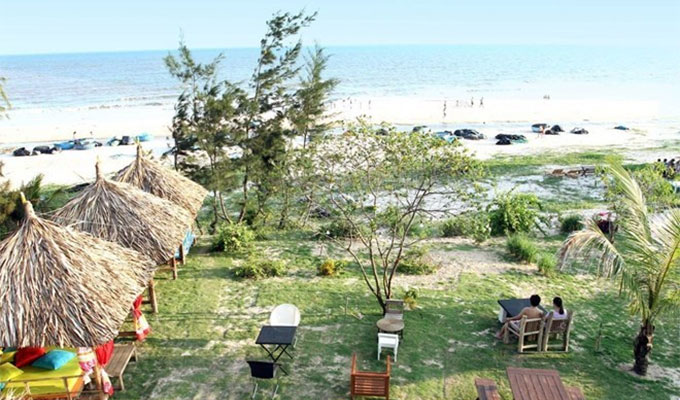The south central coastal province of Binh Thuan aims to develop sustainable tourism to become a national and regional tourism attraction.

Son My beach
Apart from deploying measures to diversify tourism services, enhance quality and promote its images, Binh Thuan focuses on boosting cooperation and connectivity in tourism.
According to Director of the provincial Department of Culture, Sports and Tourism Ngo Minh Chinh, the province will continue to work with other localities, including Ho Chi Minh City, Lam Dong, Ha Noi, Can Tho to bring more domestic and international visitors to destinations in Binh Thuan.
In addition, improving transport infrastructure is an advantage for Binh Thuan’s tourism. The expanded National Road 1 section running through the province was completed, the construction of Phan Thiet airport and Vinh Tan port is undergone while the Dau Giay - Phan Thiet highway building project will be launched.
According to Nguyen Duc Hoa, Vice Chairman of the provincial People’s Committee, Binh Thuan is a key national tourism destination, with tourism services including resorts, landscapes, sports, spiritual tours and MICE tourism.
The sector contributed about seven percent to provincial GRDP in 2016 and creates thousands of jobs, particularly in rural and coastal areas.
Binh Thuan also has good conditions for socio-economic and cultural exchanges with localities in the southeast, south central and Central Highlands regions. The province also sits among southern tourism hubs, namely Nha Trang in Khanh Hoa province, Da Lat in Lam Dong, HCM City, Ba Ria – Vung Tau province.
It has 192 kilometres of coast with beautiful beaches, landscapes, clean environment, national historical – cultural relics and festivals.
Binh Thuan had by October had 390 tourism projects, worth 63.5 trillion VND (2.79 billion USD), covering 7,400 hectares.
It is home to more than 300 hotels, with 11,000 rooms and over 500 villas and apartments for tourists.
In 2016, the province received 4.5 million tourists, including 300,000 foreigners.
It expects to welcome around seven million tourists by 2020, contributing 10 percent to provincial GRDP.